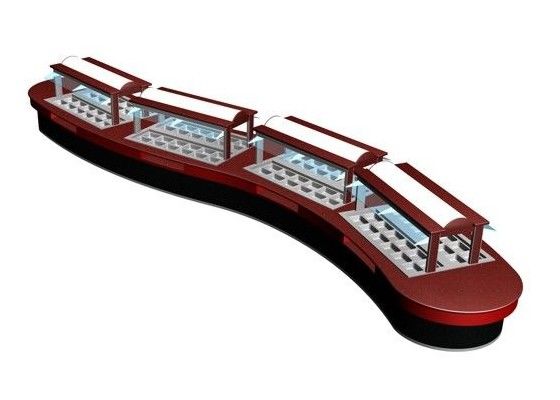
Grubhub also gives the restaurant a new phone number, which is displayed on Grubhub’s app and website, and reroutes to the restaurant’s existing number. When restaurants join Grubhub (which also owns Menupages), Grubhub sets them up with its own POS system - the more apps a restaurant is on, the more independent systems it has to manage, which is already a hassle. The suit, brought by Minush Narula, who owns Tiffin in Philadelphia, argues Grubhub has been counting non-order calls as orders, and charging restaurants for things like customer questions or complaints. As one Harlem restaurateur put it, “Sometimes it seems like we’re making food to make Seamless profitable.”Ī number of restaurant owners have joined a class action lawsuit against Grubhub, alleging the service is sneakily charging restaurants up to hundreds of dollars more a month. Commissions can run as high as 30 percent, and some restaurants say not only that it’s not worth it - but that the apps are engaging in some shady practices to actively rip them off. But sadly for restaurants, this access to a bigger consumer base comes at a cost. They allowed customers with mobility issues, inconvenient schedules, or those who just don’t feel like leaving the house to have a greater variety of dinner options available to them. They allowed restaurants to offer online delivery without having to build their own sites from scratch. In the beginning, these apps appealed to both businesses and customers.

(Grubhub and Seamless would merge in 2013, and the company, while still maintaining separate sites for each brand, went public on the New York Stock Exchange as GRUB in 2014.) Chances are you’ve used one of these sites, or one of dozens of smaller apps like Slice or Foodler to get your lunch without having to ever speak to another human being. Seamless launched in 1999, Grubhub in 2004, Postmates in 2011, and Uber Eats in 2014.


To order delivery food in the olden days, a person would consult the oracle of paper menus piled up by the landline (that’s a phone with a cord that’s mounted to the wall), call the restaurant (which was often too noisy to hear), and eventually a delivery person would arrive and they could only accept cash.īut then, the “problem” of takeout was solved with the internet.


 0 kommentar(er)
0 kommentar(er)
